Atlantic Bluefin Tuna Fishery Closure
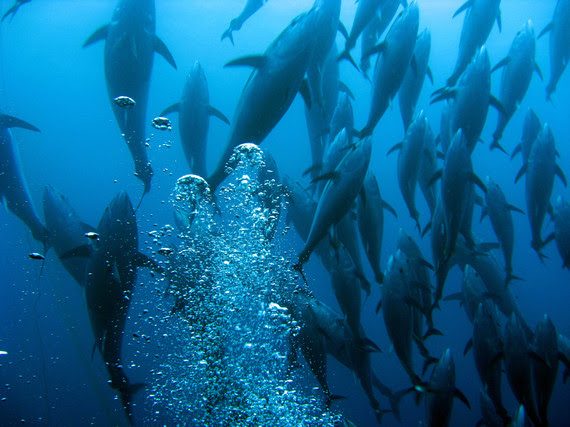
As of 11:30pm on October 13th, 2019, the general category Atlantic bluefin tuna fishery has closed. This closure will persist through November, which signifies the end of the current subquota period. The fishery will reopen on December 1st, 2019, with the default limit of only one fish landed. This closure comes as a result of the fulfillment of the 172.2 mt subquota for this period. It applies to all commercial vessels fishing for bluefin tuna, including commercial General category vessels and HMS Charter/Headboat category-permitted vessels with a commercial sale endorsement when fishing commercially for bluefin tuna. From now
Atlantic Tuna and Swordfish Landings Updates
NOAA fisheries announced third quarter landing updates for bluefin tuna, yellowfin tuna, bigeye tuna, skipjack tuna, northern albacore, and swordfish. These landings include all fish landed commercially and recreationally by United States vessels in the Atlantic Ocean from January 1st through August 31st, 2019. The changes as compared to last year are summarized below: More detailed summaries of the 2019 third quarter landings updates for each individual fish are also included below: Swordfish: Bluefin Tuna: Other Tuna: For more information on billfish and sportfishing news, subscribe to our newsletter, become a member, or follow us on social media
FWC Announces Blackfin Tuna Recreational Limit
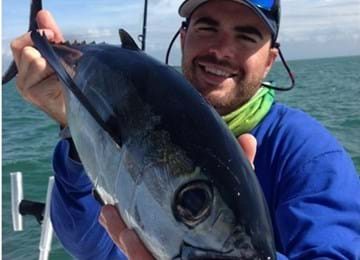
In July, the Florida Fish and Wildlife Conservation Commission (FWC) drafted a proposal to create a recreational limit for blackfin tuna in Florida and the surrounding federal waters. In it’s October meeting, the proposal was finally voted on and approved. This new regulation changes only slightly the old bag limits for blackfin tuna. Previously, blackfin tuna had a recreational limit of 2 fish or 100 pounds per person, per day, whichever is greater. Now, that limit has been altered to be 2 fish per person or 10 fish per vessel, per day, whichever is greater. The recreational limit previously
FWC Supports TBF In Opposing NMFS Initiatives
The Billfish Foundation is encouraged by the comments made by the Florida Fish and Wildlife Conservation Commission (FWC) regarding the proposed actions of the National Marine Fisheries Service (NFMS). As a reminder, NMFS proposed to loosen regulations in Gear Restricted Areas of the Gulf of Mexico, New Jersey, and Cape Hatteras, as well as decrease the required time for weak hook use in the Gulf of Mexico in half, including during billfish tournament season. This initiative comes as the U.S. federal government seeks to reinvigorate commercial longline fishing at the expense of the recreational fishing industry and the wellbeing
TBF Tells NMFS NO To Harming Billfish and Sportfishing
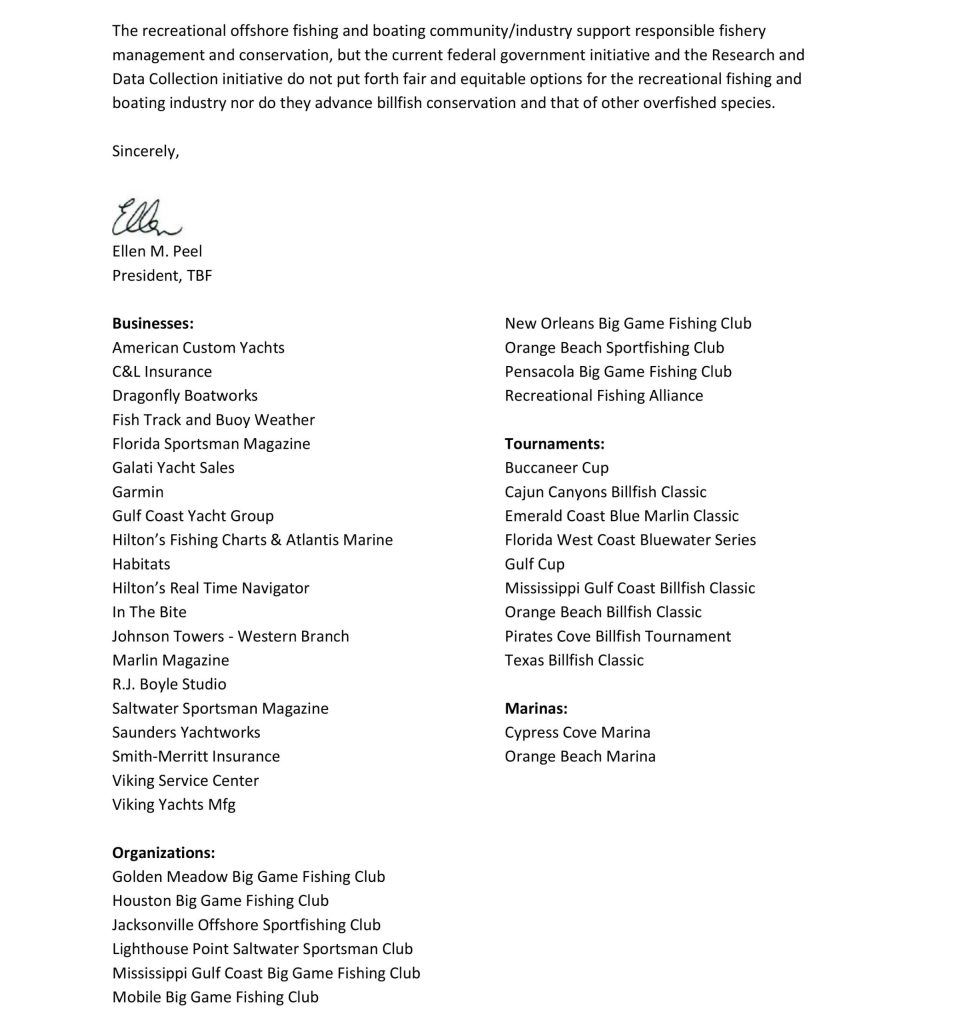
As promised, below are TBF’s final comments for the NMFS initiative that will potentially decimate billfish populations and harm the recreational fishing community. As a reminder, the new NMFS proposal is twofold: To read more about the proposal, click here. Most importantly, to add your comments telling NMFS NO to loosening gear restrictions and harming our community, click here. Comments are due by midnight tonight, September 30th
New NMFS Initiatives Benefit Longlines and Harm Recreational Community
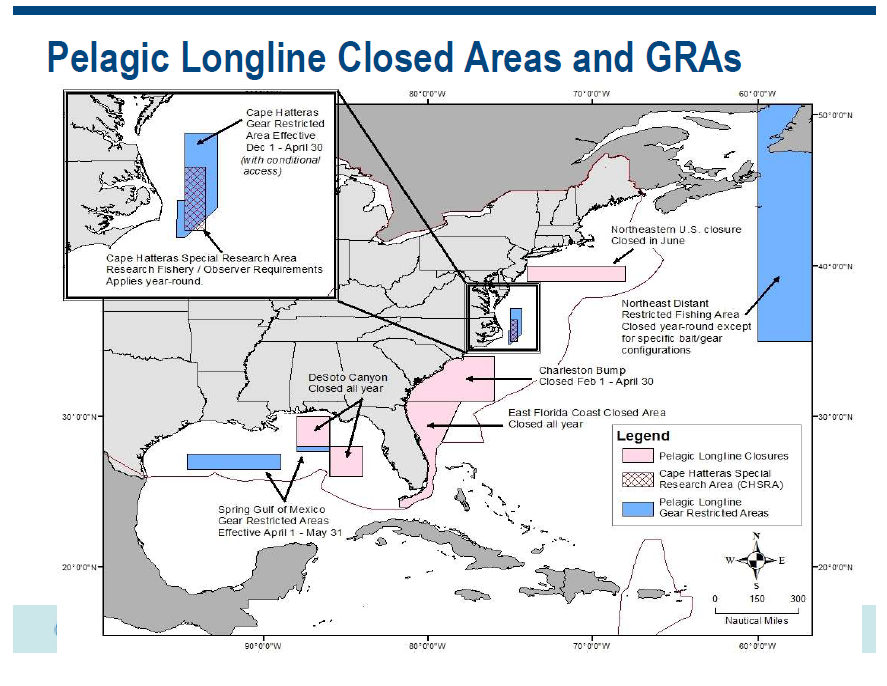
The National Marine Fisheries Service (NMFS) is proposing initiatives that once again ignore the recreational fishing community and do not benefit billfish conservation. NMFS seeks to reinvigorate commercial catch by loosening regulations on the longline fishery. This comes despite the fact that NMFS scientists and scientists of the International Commission for the Conservation of Atlantic Tunas (ICCAT) have made it clear that fishing pressure must be reduced on overfished marlin and other species – or to use a precautionary fishing approach. These new adjustments are irresponsible and show a true lack of regard for our community, the economic capacity
New Gear Restrictions May Help Billfish in the Pacific
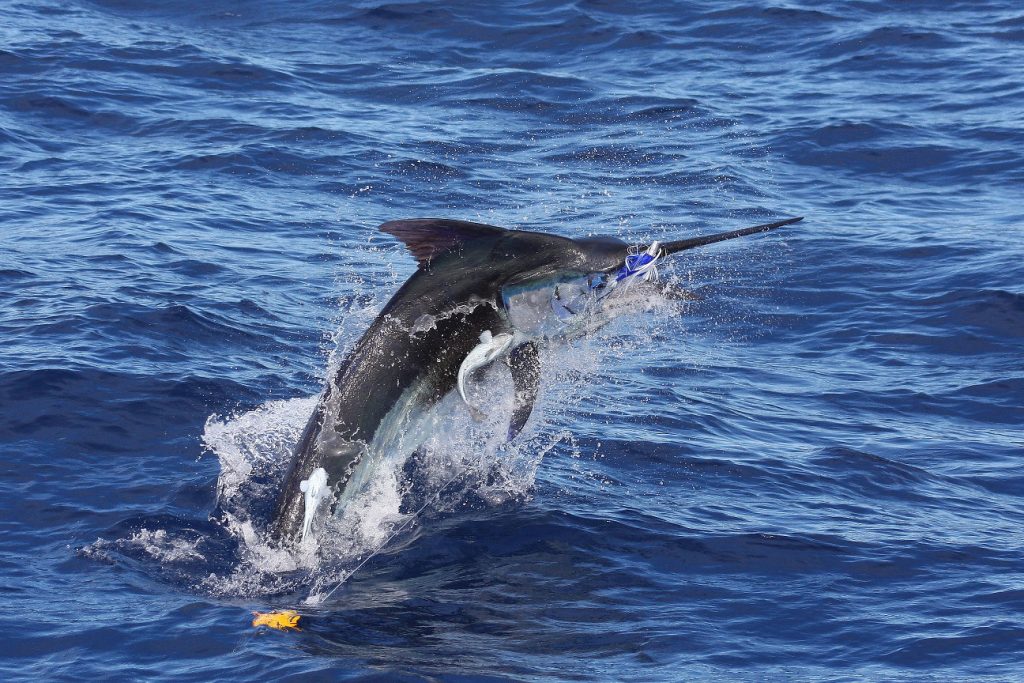
The Inter-American Tropical Tuna Commission recently announced new requirements for fisheries targeting tuna in the Eastern Pacific Ocean (EPO). These new regulations intend to reduce sea turtle bycatch but have the potential to help billfish as well. While much of the resolution focuses on sea turtle-specific protections, two major factors may also benefit billfish. These include the increasing observer coverage on commercial fishing boats and the use of circle hooks. The first way this resolution may help conserve billfish is the intent to bolster observer coverage onboard commercial vessels. Observers are independent beings (not tied to the fishing boat)
New Blue Marlin Study Illuminates Age-Length Relationship
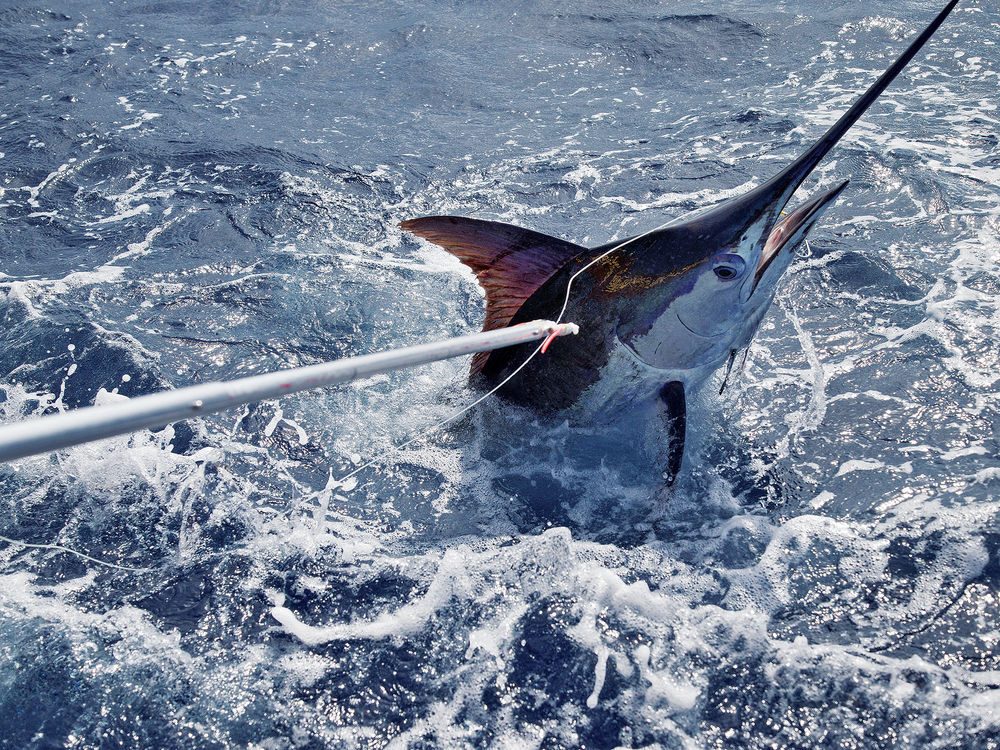
A new TBF-supported study out of the University of Miami made great strides in understanding the relationship between age and growth of Atlantic blue marlin. The study examined growth annuli in anal fin spines of 1,638 blue marlin caught as bycatch in Venezuela to determine the age of each fish. Growth annuli are small rings inside of the fin spine that increase in number as the fish ages, much like the rings in a tree trunk. They then correlated this age information to the lower jaw fork length (LJFL) to determine how well LJFL predicts fish age. The study found
New Quota Adjustments for Swordfish, Albacore Tuna, and Bluefin Tuna
NOAA Fisheries announced new 2019 baseline quotas for North Atlantic albacore tuna, North and South Atlantic swordfish, and Atlantic bluefin tuna (reserve category). These updates come as a result of underharvest of these species in 2018, moving the underutilized quota for 2018 to be available for 2019 use. The new quotas are as follows: Key: mt = metric tons, ww = whole weight, dw = dressed weight Note: The South Atlantic swordfish transfer is handled differently from the rest. No U.S. fishermen caught any South Atlantic swordfish in 2018, so the entire 75.1 mt dw was transferred to the
Potential Changes to the NOAA HMS Fishery Management Plans
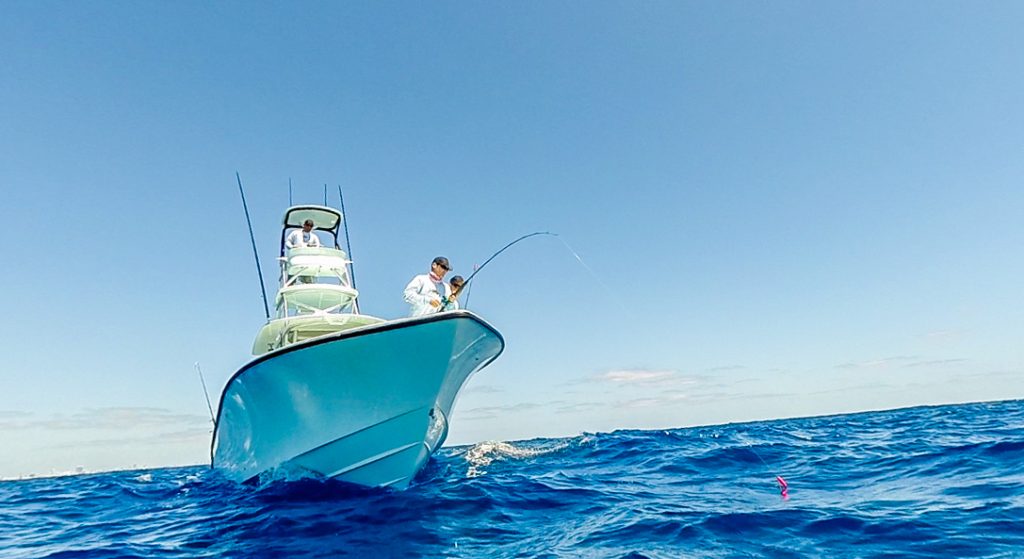
Earlier last week, NOAA Fisheries announced that they are considering changes to the 2006 Consolidated HMS Fishery Management Plan and we will be monitoring and reviewing this further and providing comments soon. There are currently five major changes being considered. Public comment on these potential changes is open until November 11th, 2019. The scoping meeting is open to the public online, information for attending can be found here. For more information and to stay up-to-date on current fishery management, subscribe to the TBF newsletter, or follow us on social media




